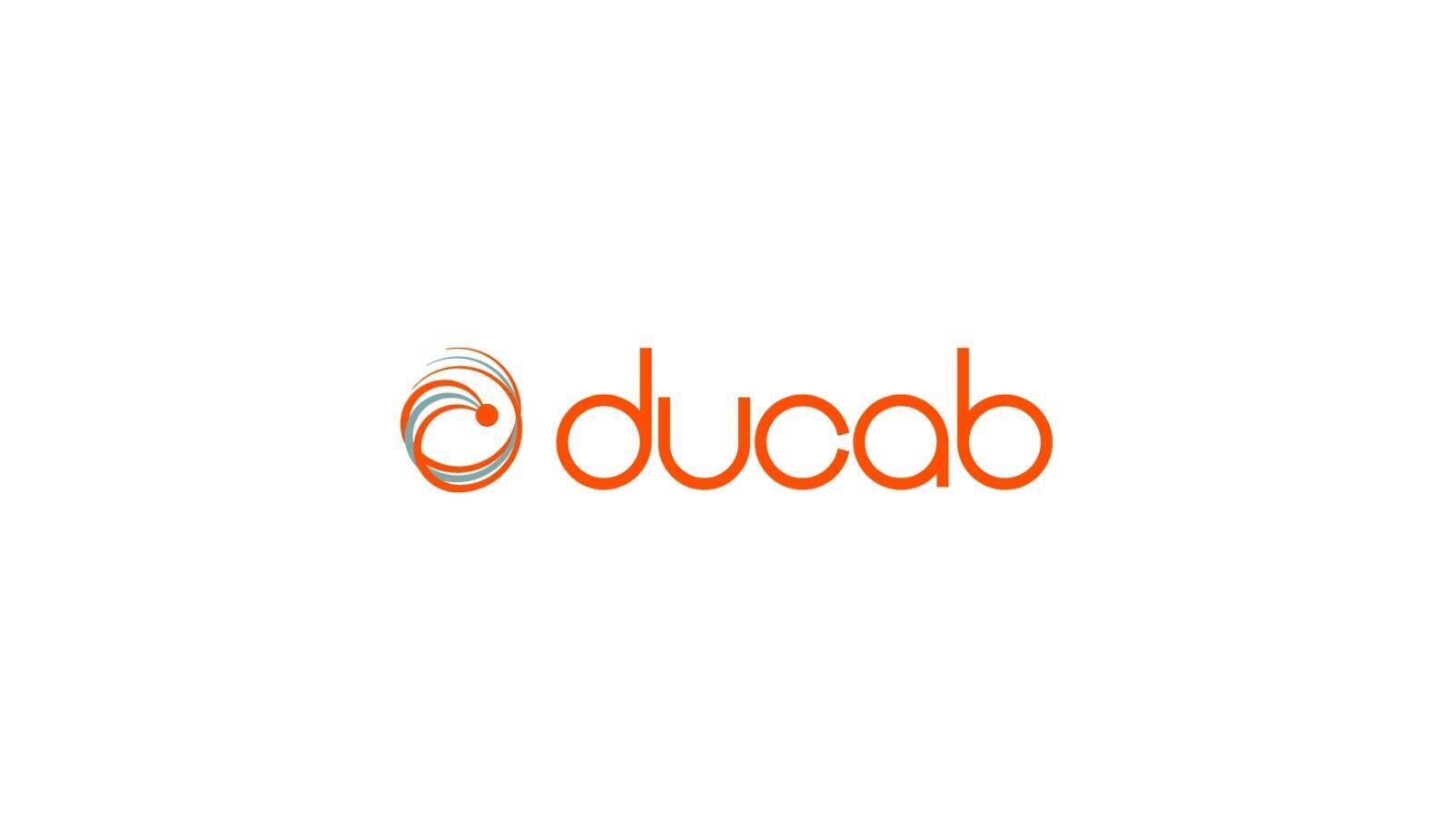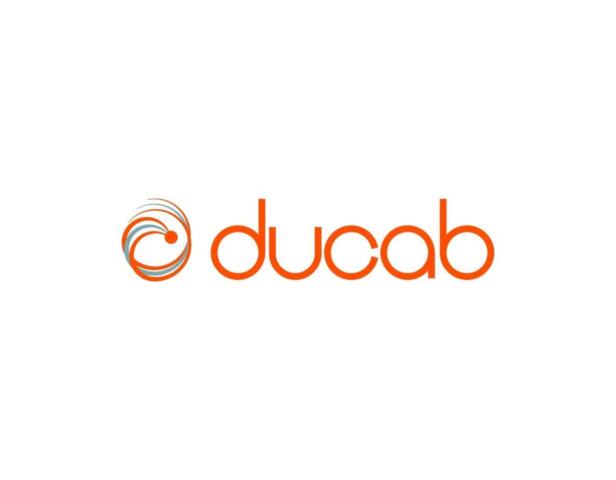
5 Emerging Trends in Industrial Manufacturing

The manufacturing industry is constantly evolving and progressing. Innovation, disruption, and constant improvement of shopfloor processes are driving elements in today’s intricate market landscape. Whether you make power cables, commercial aircraft, or industrial valves, you need to stay on top of trends and adapt. New strategies and actions must go hand in hand —and align with customer expectations.
Lean Manufacturing
The objective of lean manufacturing is to eliminate waste—the non-value-added factors in any process. Unless a process has gone through lean multiple times, it contains some element of waste. When done properly, lean can create huge enhancements in efficiency, cycle time, productivity, material costs, and scrap, leading to lower costs and improved competitiveness.
Industry 4.0
Some trends keep recurring, year after year, for a reason: they represent a powerful vision of the future. In manufacturing, Industry 4.0 is still the “it” term in the industry. It is the vital piece of the “smart manufacturing” puzzle. By using sensors, machine logs, quality information, digital twins, and much more, AI-enabled manufacturing businesses can operate with greater efficiency and agility at all stages of the production life cycle. The first and second industrial revolutions were linked with mechanization powered by steam and the rise of assembly lines. The third saw the adoption of computers in manufacturing.
Industry 4.0 continues the push towards automation, employing technologies such as IIoT (industrial internet of things), big data, machine learning, artificial intelligence (AI), and advanced analytics.
Diversification
There are multiple reasons for businesses to diversify. It minimizes the chances of a decline in the sector, increases ROI and provides for a wider variety of choices in terms of products and service offerings. Being a diversified manufacturer means providing a broad range of new services, and products to customers in a new market. By expanding their reach, businesses are able to explore new possibilities for sales—and potentially increase their profits and return on investment.
In addition to increasing profitability, businesses choose to diversify for the reasons mentioned below:
- Diversification can help to reduce the likelihood of an industry collapse.
- It can improve a company’s image and profitability.
- It has the potential to put you ahead of the competition.
- Businesses can pivot during economic uncertainty.
- Diversification enables the organization to utilize excess cash flows.
Blockchain technology
The adoption of blockchain technology is expected to grow 73.6% through 2026 to a market size of $778 billion as more companies create decentralised products and services. From an operational standpoint, using blockchain will enable manufacturers to gain greater visibility into supply chains and track assets with extraordinary accuracy. Implementing blockchain technology to help track factory audits could significantly help improve the lifespan of factory machinery as audits and servicing can be logged, tracked and analysed for improvements which will in turn lower financial losses and improves overall operational costs.
Switching to Green Energy
All industries should be switching to renewable power solutions wherever possible. Not only will this reduce our emissions and edge us closer to the net zero target, but it will also provide energy independence as we become less reliant on the global gas market. For 2023, manufacturers should keep an eye out for the innovations surrounding green hydrogen, a newer, cleaner source of energy that produces zero greenhouse gas emissions. Energy companies like Shell and RWE have begun to pave the way in this developing sector, creating the first major green pipeline from wind plants in the North Sea.
Related Media and News In-Depth Articles and Insights:


